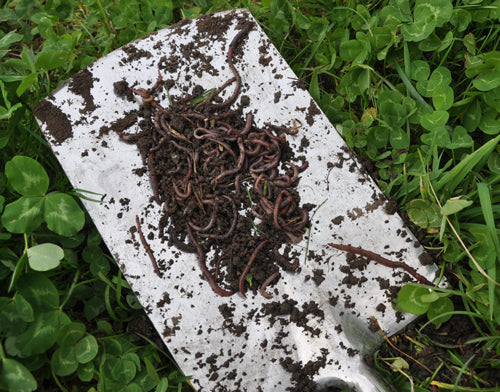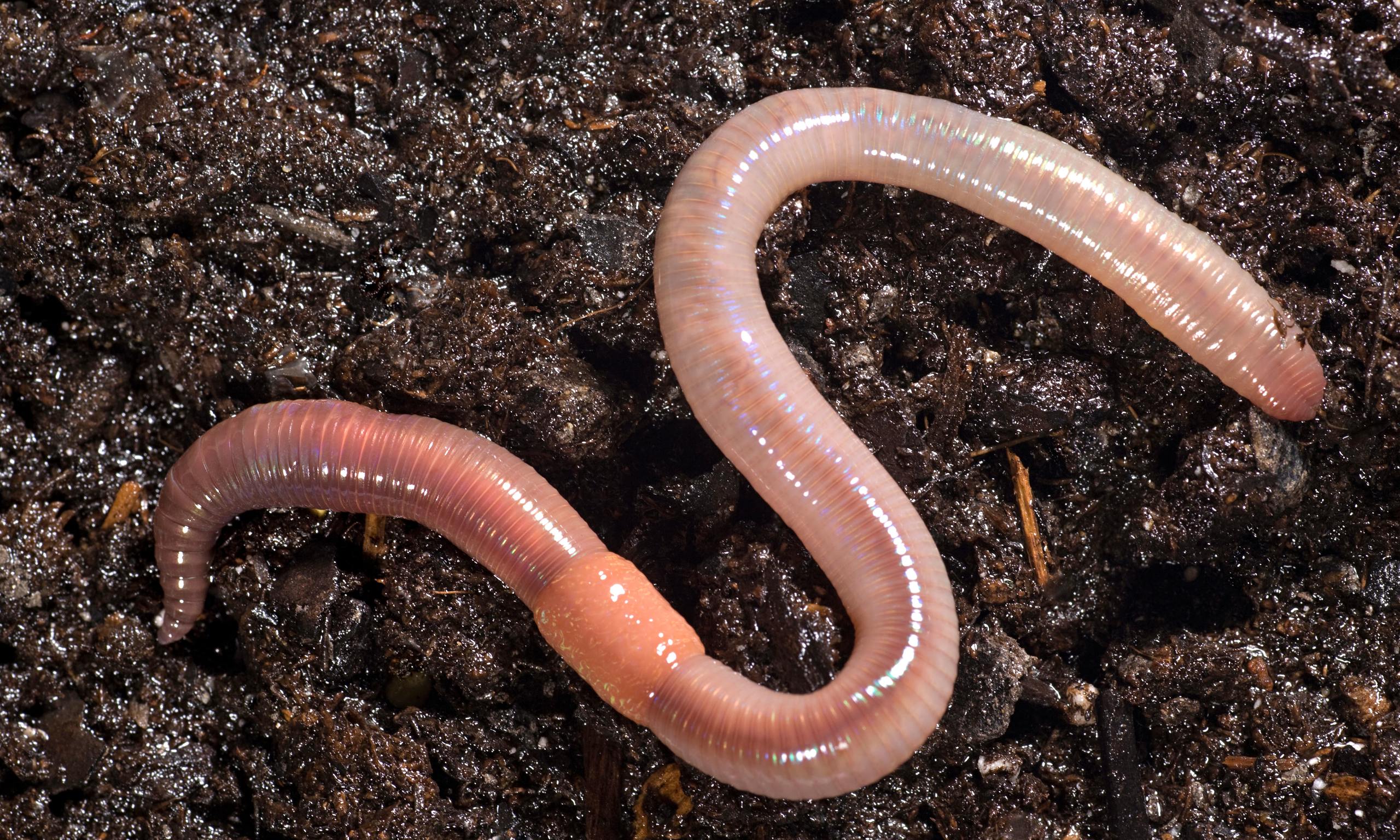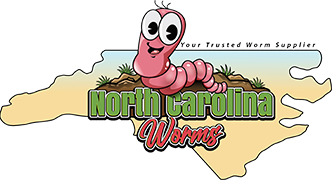The Facts About North Carolina Worms Revealed
Facts About North Carolina Worms Uncovered
Table of ContentsThe Definitive Guide to North Carolina WormsAbout North Carolina WormsNorth Carolina Worms Fundamentals ExplainedFacts About North Carolina Worms Uncovered
Instance: 1-gallon of worm castings to 4 gallons of potting mix. Do NOT use a potting mix that has chemical plant foods in it. Read the labelit will claim. 1/2 cup in all-time low of the planting opening for smaller sized plants. 1 cup for bigger plants. ie. tomatoes, eco-friendly peppers, summer season squash, and the like.
The enhancement of tea can likewise add increased microbial biomass to your soil. You can constantly side-dress your plants with worm castings any time. Just keep in mind, the microorganisms will certainly die if revealed to UV rays (Sun), so make sure to cover the castings with an inch or two of soil.
This frustrated them for years until the screening approaches ended up being much better. It would certainly get much better(with more spreadings), level off, and then decline. Too several worm castings would speed up the development to a rate that the plant might not recoup from.
Everything about North Carolina Worms
I have expounded the virtues of worm castings for concerning 2000 words. Worm spreadings are no various. It takes time to produce quality worm spreadings.
You can acquire them which brings about number 2. Worm spreadings certainly cost greater than chemical plant foods. Nonetheless, worm castings are on the cheaper end of natural plant foods. You will need to decide what is more crucial. It is very easy to create percentages of worm spreadings. (50 gallons annually) It is a much more difficult and extremely pricey financial investment to create large quantities of worm spreadings (Lake James Bait).

Developing a healthy and balanced soil might be the biggest benefit of worm spreadings. Healthy and balanced dirt was talked about and just how crucial this has become to everyone. The top 10 benefits of worm spreadings were additionally provided. We discussed worm spreadings NPK and also the appropriate nutrient analysis that must relate to worm spreadings.
See This Report about North Carolina Worms
Ultimately, we talked regarding some of the downsides related to worm spreadings. I covered a great deal of product in this write-up. There are a lot of links (inner and exterior). If you would certainly such as even more info on a certain subject, please click via the web links to find out more. As always, feel complimentary to comment or ask inquiries.
The upright burrows are generally open, although the worms cap the top with deposit and excrement. Roots require oxygen for their development, whereas they produce carbon dioxide that needs to leave the soil.
Earthworms increase porosity by 2 systems: (1) by creating long-term burrows, and (2) by improving dirt gathering. Aggregation is boosted by the blending of dirt and raw material in the earthworms' digestive tracts. Lake Hickory Bait. These very steady accumulations are transferred by some earthworms in their burrows, and by others at the surface of the soil


In another research, earthworms were approximated to eat 4 to 10 percent of the leading 6 inches of the dirt each year. Dirt compaction minimizes the porosity of the dirt.
The 25-Second Trick For North Carolina Worms
Typical earthworm populaces can quickly consume 2 bunches of dry matter per acre per year, partially absorbing and mixing it with dirt. The significance of earthworms to mix surface area deposit with soil comes to be very clear in soils that do not have any kind of earthworms. The majority of our Pennsylvania dirts contend least some earthworms, and the effect of their full absence, therefore, can not be kept in mind.
(https://trafficdirectory.org/North-Carolina-Worms_351789.html)In these soils, the formation of topsoil with affordable natural issue web content did not take area, causing bad plant development. When the cause was established, the government of the Netherlands began a project to introduce earthworms. After the introduction of the earthworms, a dark topsoil layer was formed, and crop development enhanced significantly.
They live largely from partly decayed natural matter that is currently integrated in the soil. These types ingest large quantities of soil that they blend with digested plant residue in their guts.
These species consume significant quantities of dirt that they mix with digested deposit in their guts. Their waste matter is primarily transferred at the surface of the dirt.